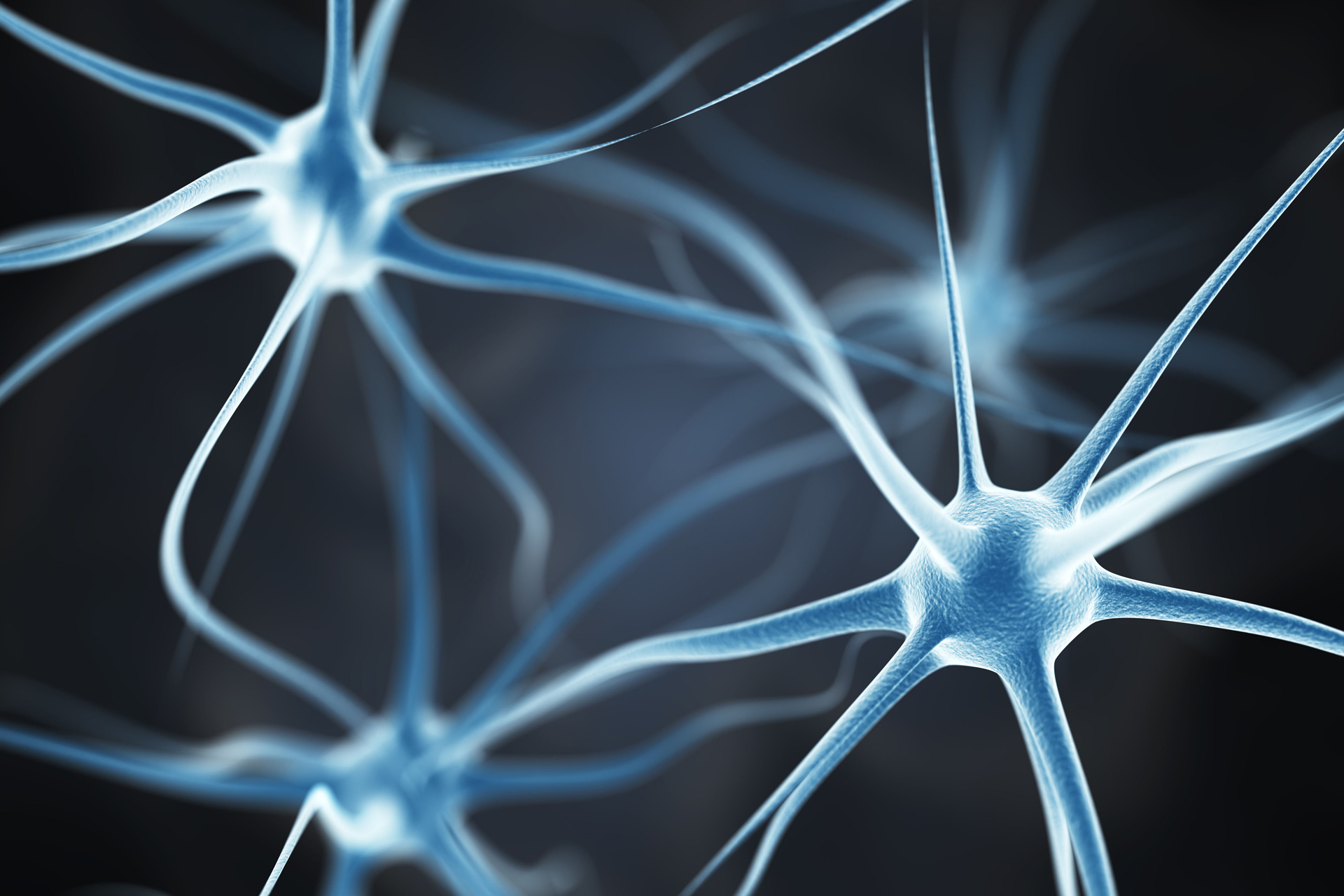What’s This Research About?
This broken escalator aftereffect has been proven in previous experiments.
In this study, they wanted to see if simply observing someone reacting to a
moving surface (sled) (not having previous experience with the sled) would
still result in compensatory movement to an anticipated unstable surface in
the observer. This effect would be explained by the presence of mirror neurons
in the brain. These mirror neurons allow people to decrease movement errors
by simply observing others in their social network. They also tested to see if
there was more of an aftereffect with an actor showing exaggerated amounts
of compensatory movement.

TITLE: Locomotor adaptation is modulated by observing the actions of others.
PUBLICATION: Journal of Neurophysiology
DATE: Sep 2015
AUTHORS : Patel M, Roberts RE, Riyaz MU, Ahmed M, Buckwell D, Bunday K, Ahmad H, Kaski D, Arshad Q, Bronstein AM
Locomotor aftereffect (LAE): When we ambulate through the world our brain stores up a cache of “movement memory” created from our previous experience as well as from observing the movement of others. This storage of movement patterns first helps us to be as efficient as possible while moving around. Secondly it helps in being prepared physically for a possibly hazardous environment. When we encounter say an escalator or moving sidewalk, previously the movement experience with the escalator was filed away so we can call upon the movement strategy that we used before, not having to figure it out from scratch and keeps us from toppling over when we go on the moving surface. Studies have shown when people walk onto an escalator and it’s not moving, our body still reacts as if there is going to be movement. We automatically go to the stored movement in our brains and anticipate a moving surface making us do a bit of a shimmy before we realize that the escalator is not moving. This effect has been termed the “broken escalator paradigm”, or locomotor aftereffect (LAE).

